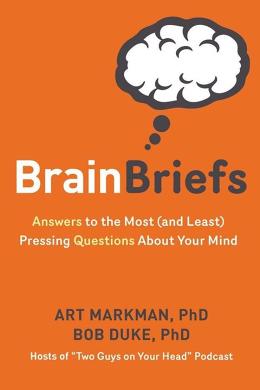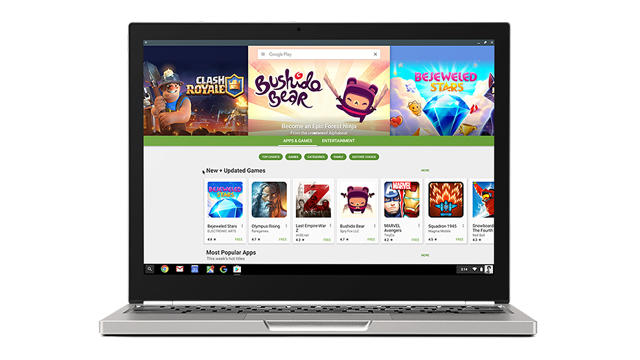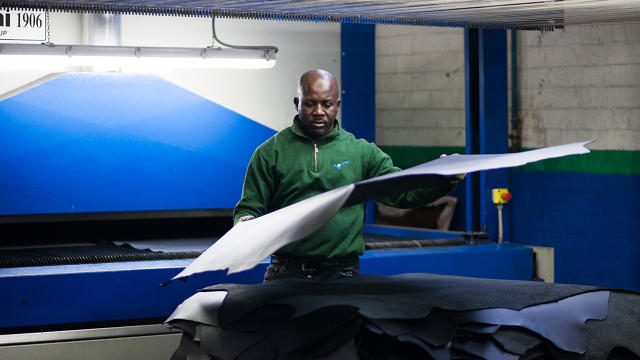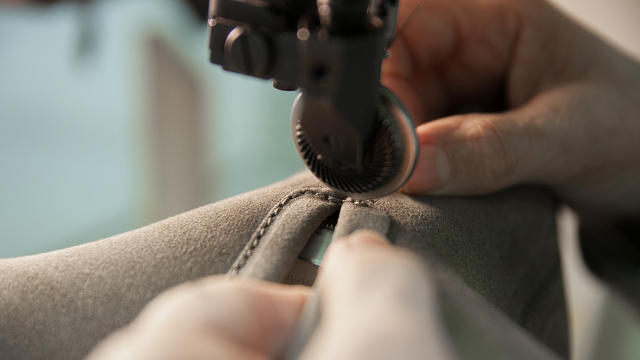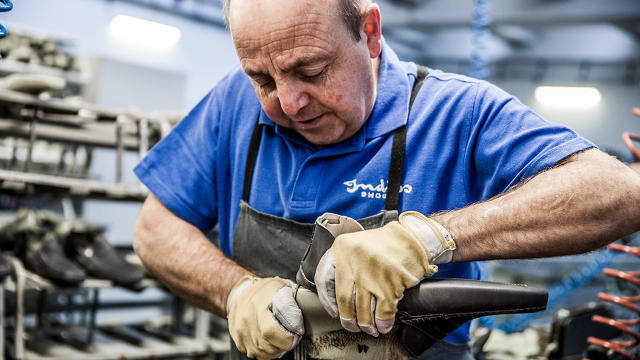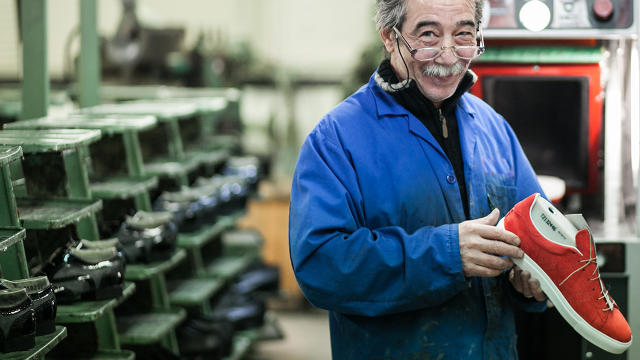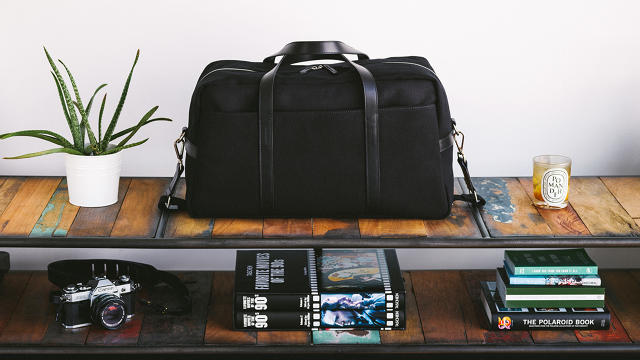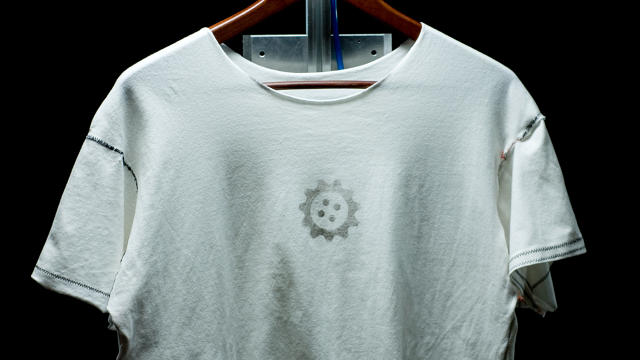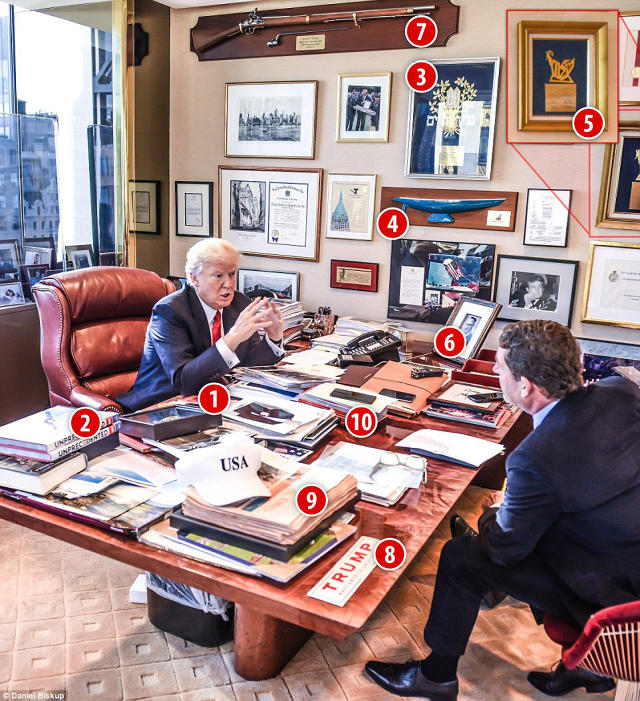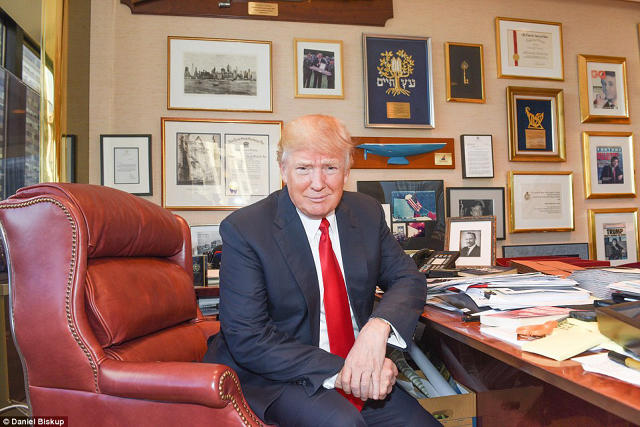The service helps companies spruce up their ads in order to engage more with the platform—and also keep Facebook ahead of its competitors.
Baked founder Matt Lewis never thought about hiring an ad agency to help boost holiday sales at his three bakeries in New York City, but he did want to run some kind of campaign this year to get people to preorder pies for Thanksgiving.
A former ad man himself, Lewis thought he was capable of making social media content that was good enough to draw in some customers. In the past, he's hired photographers and considered hiring a design agency to spruce up the Baked website. But the costs are high. A photographer would cost him $1,500 a day, and a video shoot, about $3,800 a day. "We don't really have those funds," says Lewis, whose warm smile and calm demeanor might lead you to think he's a yoga teacher, not a baker. "There's no return, or the return would be so small after you've paid everybody out. It wouldn't be worth it."
This past fall, Lewis participated in a 12-hour, Facebook-hosted workshop to learn how to create dynamic ads and general content using a mobile phone and some apps. Prior to the class, Baked's Facebook page was largely comprised of static photos of swirly cake tops and colorfully iced cookies. But with a budget of $50, a little arts and crafts, and the help of Facebook's Creative Shop, Lewis was able to produce more dynamic content. Using cardboard, fabric, clamp lamps, and production mobile apps, Lewis and his team learned how to shoot stop-motion videos, add moving graphics to still shots, and cut together appealing product videos.
The ads appear to be working. Baked's staff was instructed to ask new customers where they heard about the bakery and, Lewis, says, "Almost unanimously, everybody who had never heard of us was either from a friend or from the Facebook ads." Baked saw a 40% increase in pie sales compared with Thanksgiving 2015. In addition to the preorder campaign, Baked ran a series of Facebook ads to attract new customers. "We had a 70% increase in capturing email addresses as well as actual physical addresses," Lewis says. "And then we actually lowered our cost of [customer contact information] acquisition by about 32%."
The Creative Shop
Facebook's Creative Shop is not the single, centralized place that its name implies. Rather, its 150 employees are scattered around the company's many offices worldwide and have been helping major brands develop Facebook-specific content for roughly seven years, says its director, Tom Brown. Most recently, the Creative Shop worked with Airbnb to advertise its new Experiences product via a series of live tours of cities led by Airbnb hosts. The videos, all roughly 30 to 45 minutes long, take potential customers through activities that only locals might know about, like cooking classes in Miami, marine explorations in Cape Cod, and a performance art workshop in Paris.
In the last year and a half, the Creative Shop has drawn together a four-person team to create tools and tutorials for small businesses like Lewis's bake shop. The experiment was part of an effort to see if tutorials might push small and local businesses to engage more with the platform, whether through paid advertising or organic content. "[Small businesses] don't think that they have the equipment in order to create great content. That they don't have the money to spend to hire somebody else and they just don't have the knowledge," says Keara Tanella, creative strategist at Facebook's Creative Shop. "They're not creatives at heart. They're not advertisers. These are small to medium business owners." To test her hypothesis, Tanella brought together three merchants to try out a series of instructional videos aimed at helping them make beautiful content on the cheap. The businesses included Lewis's Baked as well as eyewear company Felix Gray and hair product specialists Twisted Sista.

Mobile Studio Techniques
There were two major techniques Tanella tried to impress on the small business owners: 1) Use what you have; 2) Spend very little on what you don't. To do that, Tanella suggested sprucing up old product shots. Baked, for instance, had 36 images of cake that the company had shot but never used. If Lewis and his crew didn't have imagery or needed new assets for a campaign with specific goals in mind, Tanella showed them how to snap a photo with natural lighting. The group also learned how to utilize an array of free mobile apps to tweak and polish their images.
"You don't need to have a long-form storytelling video and have complex editing," says Tanella. "You do some really simple techniques."
Like Baked, Felix Grey and Twisted Sista enjoyed better returns on their ads than previous efforts. Felix Grey lowered its cost per customer acquisition by 63%; cost per click decreased 44% and click-through rate increased 1.9%. For Twisted Sista, which was hoping to build brand awareness, 77% of its web traffic started coming from Instagram after a series of revamped ads ran there. The company also spent less money to reach 29% more people in one-tenth the time. What all these statistics say is that polished DIY content worked to drive interest among consumers.

Small Businesses And The Big Picture
Small businesses are becoming increasingly important to Facebook as it strives to become the single platform for consumers to coordinate the concerts, book clubs, birthday parties, and myriad other events that make up your offline life.
In the last year, a series of features have cropped up to this effect. Now when friends post restaurant recommendations, Facebook plots out each suggestion on a map published at the top of the post. Beneath individual suggestions, users see a card with the name of the business, its rating, price range, and a link to its own Facebook business page. This year, Facebook also broke out events into a standalone app and integrated ticket purchasing through Ticketmaster and EventBrite.
These new tools are just the beginning. Eventually, Facebook wants its platform to do everything, from booking a hair appointment to finding the right holiday gifts at a local store. This will be harder to pull off than mapping out a recommended restaurant, though VP of Engineering Andrew Bosworth thinks it's merely a matter of striking the right partnerships.
"We've got all the sides of the marketplace, we just don't have the stuff like the connector," he says during an interview in New York. He means that while Facebook has buyers and sellers, it doesn't have the infrastructure for transactions. To become a commercial hub, Facebook needs the right integrations.
Right now, the Mobile Studio represents an opportunity for Facebook to draw in incrementally more ad revenue through small businesses. But eventually, once the company figures out a way to better link consumers to businesses using its platform, those small business advertisers could act as the "connectors" Bosworth spoke of.
Despite soaring ad sales in 2016, Facebook CFO David Wehner said during Facebook's third-quarter earnings call that investors should anticipate slowdown in 2017 because the network will soon max out on the number of ads it puts in front of users. Ad load, which is Facebook lingo for measuring how many advertisements it can pack into feeds, has been a big driver of growth for the company, so when it reaches its limit, Facebook won't be able to sustain the same revenue jumps it's been making.
As a result, the company is pushing its premium video ad products more. Since it can't stuff more static ads into feeds, it's hoping to grow the number of video ads. Recently Facebook began testing ads that roll out midway through a video. Now, Mobile Studio is part of the effort to grow the Facebook stock of video ads.
By teaching small businesses how to make more effective video content on the cheap, Facebook is encouraging businesses to spend a little extra to promote it. The hypothesis is that if businesses know they have good creative that drives sales, they'll be willing pay to promote it and extend their potential ability to reach customers (rather than just posting organically). Baked, Twisted Sista, and Felix Grey represent just three of the 60 million businesses with Facebook accounts, and the social network is keen to make all of them paying advertisers. So far, only 4 million of the businesses on Facebook advertise (Baked, Felix Gray, and Twisted Sista are among them), but they spend big. In the third quarter of 2016, Facebook pulled in $6.8 billion in advertising revenue, up 59% from the same period a year before.
The Google Dilemma
Facebook has one major competitor when it comes to the small business arena: Google, a company that not only earns more digital ad revenue than Facebook, but also has been pursuing small business ad spend for a lot longer. For years now, Google has courted businesses as a way to build out its index of services and stores. As it's driven deeper into shopping, the tech giant has continued to create tools for businesses to help drive both online and offline sales. "A lot of paid search in the retail space has converted over to our shopping format," says Allan C. Thygesen, Google's global head of SMB sales. "I think that is just a more compelling format and a better experience both for consumers and merchants."
And Google is also staying ahead of innovation for small businesses. In June, before the launch of Facebook's Mobile Studio, YouTube rolled out the Director's App: guided video creation for small businesses. It enables people to create a short, relatively professional looking video about their business in under 10 minutes. This all gives Google a natural advantage. Internet search still plays a vital role in most people's shopping process; it's how 60% of people research potential purchases, according to Synchrony Financial's Fifth Annual Major Purchase Consumer Study.
So the question is: With its Mobile Studio tools, can Facebook convince small businesses with limited ad cash to spend that its platform is the most valuable? That may be a matter of how big the company plans to scale its small business efforts. Right now, the Creative Shop is reaching out to small and medium businesses via targeted advertising on its platform, webinars, and live workshops. "We've created videos that show how to actually remix content using your phone and send them out in ads in the news feed to small business owners," says Tanella.
This, after all, is Facebook's edge: the ability to place hypertargeted ads within a news feed. If that translates into increased visibility for businesses, then it may very well be worth the ad spend.
